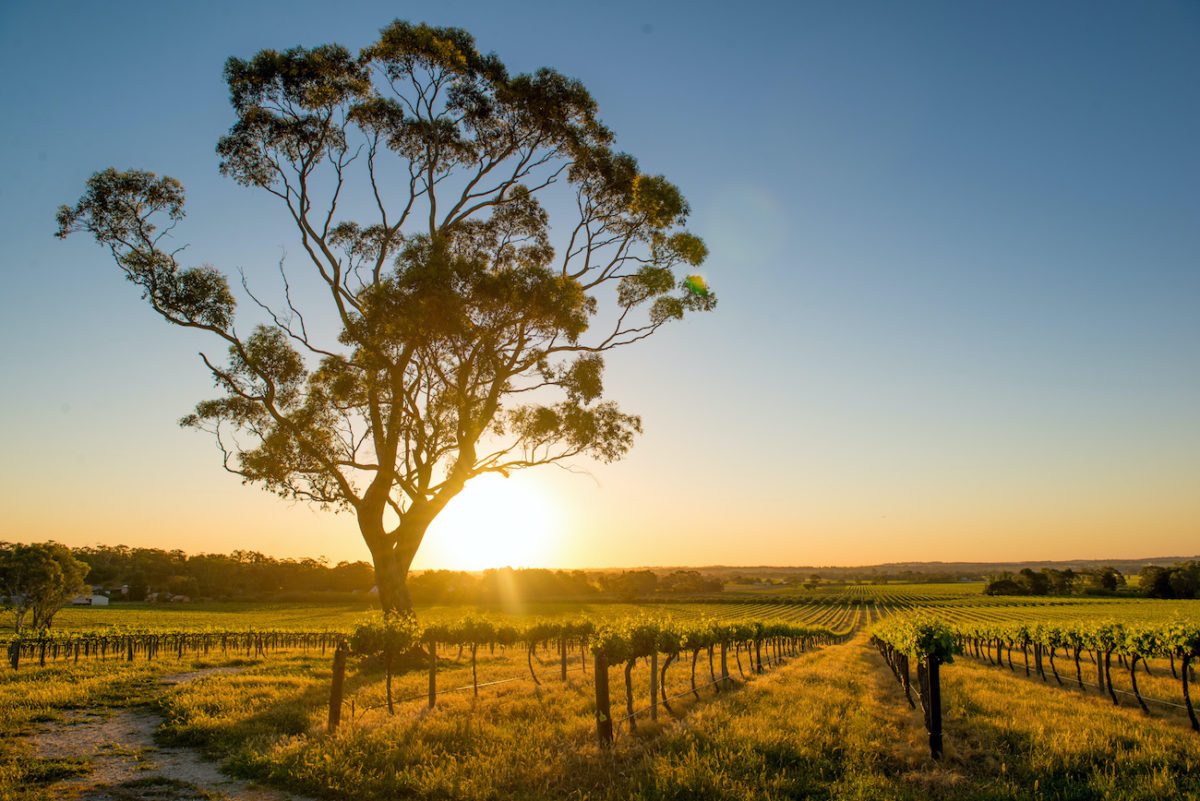A new survey has revealed what we all know – business confidence in the South Australian wine industry is down.
As it is in most other regions of Australia.
The 2022 South Australian Wine Industry Snapshot released today by the SA Wine Industry Association and Bentleys SA shows that business confidence is the lowest it’s been in the six years of Snapshot reporting.
“Wine businesses identified significant and complex headwinds, including high yields and subsequent oversupply, partly due to the exceptional 2021 vintage, putting pressure on the 2022 and now 2023 vintage where lack of facilities and storage are both concerns,” Bentleys SA Partner Tim Siebert says.
“A significant number of lost or ceased grape contracts represent a major market change and a considerable risk to the industry.
“We heard stories of grapes left on the vine this year and indeed fear that the issue is only just becoming clear.
“Understanding these negative issues provide businesses with opportunities to see their exposure points, look at key risks, plan and evolve.
“Great insight can be established by focusing on innovation and operational efficiency.”
Other core contributors to the decline in business confidence include the rising costs of business and inflation, such as freight and energy, combined with labour shortages, and an over-saturated domestic market due to the lingering effects from the punitive China wine duties have continued to contribute to a surplus of red wine, some of which has been placed in other markets; some is simply unsold.
“New export markets remain the best option for growth, while domestic markets remain very competitive to increase wine sales,” says Siebert.
A key challenge for the South Australian wine industry is attracting suitable or experienced staff to work in the industry.
“Labour availability remains challenging in almost all occupations in the wine value chain,” says Brian Smedley, chief executive of SAWIA.
“Location and housing are also limiting issues, but to attract and retain labour, businesses will need to assess their attractiveness as an employer and ensure they remain alert to the competition and changing market conditions.”
Smedley says improving profitability while maintaining market share is a key issue for many wine businesses.
“With the loss of sales to the China market, a change in focus is required to look for sustainable growth in wine markets as part of an appropriate geographic expansion strategy using existing or new markets,” he says.
In addition, he says working collaboratively with industry bodies and government in targeted trade activities is beneficial.
“South Australian wine businesses are actively looking for new markets and new channels to distribute their wine, which is a world-class product,” Smedley says.
“Wine businesses have benefitted from increased wine sales via online channels.
“However, wine businesses will need to provide more timely and personalised experiences tailored to the online world, which is unlike other marketing channels.
“With business confidence low, it is evident that there is a greater need than ever before for investment in marketing and business strategy, with a key focus on training programs in e-commerce.
“Undertaking education and training suitable to your business needs will be invaluable to your business sustainability.”
FACT SHEET
- South Australian Wine businesses report volume has declined 13 percent year on year in 2022 compared to 2021 (a record vintage);
- Lowest levels in business confidence since the Bentleys Snapshot tracking began in 2017, with 59 percent worried (a three percent increase from 2021);
- Inventory levels remain high, particularly for red wine. The current stocks of red wine lasting 2.6 years, compared with 1.5 years for white wine;
- Four in ten businesses indicated their grape processing plant was operating at over 75 percent (-2 percent year on year), with most businesses stating that their grape processing plant was functioning to at least 75 percent capacity. 44 percent of businesses were over 75 percent capacity;
- Businesses with a turnover of more than $1 million were more likely to state an oversupply than those with lower turnover;
- Half of the businesses reported having lost or ceased contracted grape sales in 2022;
- Attracting staff to regional areas continues to be the biggest challenge – this has significantly increased by 13 percent compared to 2021;
- Businesses with a turnover of over $5 million were more likely to have a high negative impact due to Covid-related factors; and
- 65 percent of wine businesses state that the China wine duties continue to have a negative impact on their business (76 percent in 2021).
| POSITIVE IMPACTS | NEGATIVE IMPACTS | |||
| Online consumer demand | 58% | Freight costs | 91% | |
| Vintage 2021 outcome | 43% | Inflation | 83% | |
| Vintage 2022 outcome | 36% | Energy costs | 81% | |
| Ability to drive innovation | 20% | Labour costs | 79% | |
| Ability to service new domestic markets | 20% | Covid-19 lockdowns | 75% | |
| Retailers | 19% | Social distancing | 73% | |
| Aussie dollar value | 18% | Competition – domestic | 70% | |
| Free trade agreements | 16% | Labour availability | 68% | |
| Cashflow projections | 16% | China wine duties | 65% | |
| Federal and/or State Government | 14% | Covid-19 staff absenteeism | 63% | |
The Snapshot included a survey of 120 of the State’s wine businesses of all sizes.
Related content
SA Wine Industry Leader Resigns
